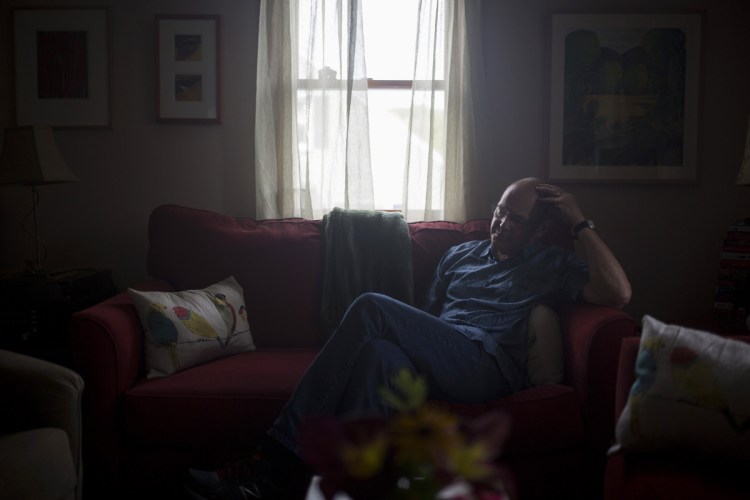In the article “The Story He Lived to Tell,” I was reminded of a time when my mother was experiencing a deep depression and did not want to live.
It was about a year after my father died and she had moved into an assisted living facility. I was monitoring her health care and had noticed her withdrawal and lack of interest in activities. She was seeing a physician through a gerontology clinic and had been on several different medications for depression but none of them seemed to work.
One day, when I came to visit her, she was sitting in her darkened room rocking in her chair. The social worker had called me to tell me she had stopped eating. She said she wanted to die.
We were able to get her seen by a psychiatrist and she was admitted to the psychiatric unit of a nearby hospital. After reviewing her medical records, he recommended electroconvulsive therapy. I viewed a short film on a patient going through it and saw that it was not the violent procedure I had heard about in nursing school. My mother agreed and was scheduled for six treatments. Side effects were discussed and I was told she might have some memory loss but we felt these were worth the risk.
When I came in to see her after her third treatment, I couldn’t believe the change in her. She was carrying on a conversation with her roommate and she was almost finished eating her lunch.
She did follow-up outpatient therapy for six weeks and was able to address an issue of childhood sexual abuse she had never talked about before.
ECT may not be the answer for everyone, but it is an option for those who do not respond to psychotropic medications. My mother went on to enjoy her family and lived another five years.
Joanne Andersen
Gorham
Copy the Story LinkSend questions/comments to the editors.



Success. Please wait for the page to reload. If the page does not reload within 5 seconds, please refresh the page.
Enter your email and password to access comments.
Hi, to comment on stories you must . This profile is in addition to your subscription and website login.
Already have a commenting profile? .
Invalid username/password.
Please check your email to confirm and complete your registration.
Only subscribers are eligible to post comments. Please subscribe or login first for digital access. Here’s why.
Use the form below to reset your password. When you've submitted your account email, we will send an email with a reset code.